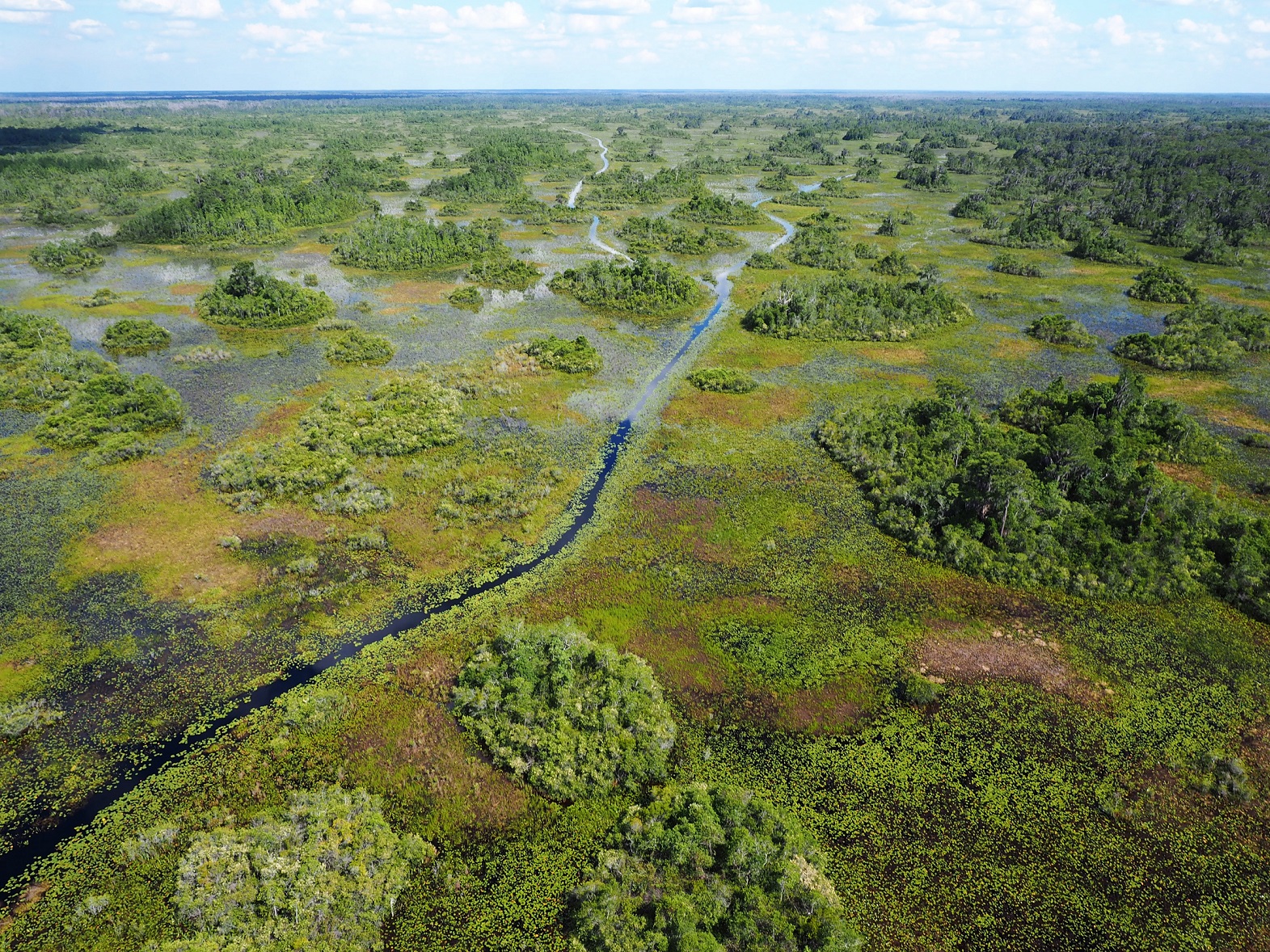Preliminary recommendations from the SECAS Futures Project

Over the last 12 months, considerable effort has been directed toward a formal examination of the SECAS partnership, known as the “SECAS Futures Project.” The need for this examination has been building for several years, notably due to changes in partnership governance that occurred following changes in Landscape Conservation Cooperatives back in 2017. The need was also underscored last fall in a report by the Association of Fish and Wildlife Agencies’ Task Force on Shared Science and Landscape Conservation that emphasized the importance of periodic examination of structure and function of landscape partnerships to maintain their effectiveness. Check out my February 2020 blog for more specific details on the background, scope, and objectives of the project.
The bulk of the SECAS Futures Project was completed last fall, and the final report is still in review and expected for completion in February. Until the report is completed and released, the project’s initial conclusions are providing some specific details on one of the primary objectives of the study: understanding how SECAS delivers value to its partners. From a high-level perspective, SECAS is viewed as delivering value to partners in two primary ways:
- As a regional forum for collaboration, and
- As a hub for conservation science and decision-support
As a regional forum, SECAS serves as an important venue for people to come together to consider region-wide challenges and opportunities and to prioritize and support actions at regional, sub-regional, state, and local scales. As a science and decision-support hub, SECAS provides a suite of products and services focused on advancing the SECAS goal through the Southeast Blueprint, technical assistance, user support, coordination, monitoring, and reporting.
In examining how to sustain the delivery of value to partners, the Futures Project identified a number of specific recommendations, five of which were approved by the SECAS Steering Committee in December for immediate implementation:
-
To ensure continued overall performance and value-add: Recommend that the Steering Committee be made permanent, and that periodic assessments of SECAS’ performance and governance are one of the committee’s duties
-
To ensure continued focus on coordination and delivery of value: Recommend making the SECAS Coordinator a full-time permanent position, and continuing to support SECAS technical and coordination capacity
-
To maintain relationships and continuity under changing conditions: Recommend creating a succession plan and onboarding materials to ensure continuity and momentum in the face of leadership and staff changes
-
To improve overall understanding and communication while maintaining informal governance: Recommend creating a SECAS Statement of Shared Purpose that provides the regional goal and vision, structure, leadership commitments, roles and responsibilities, and focus areas
-
To play a broader coordinating and convening role: Recommend conducting a social network analysis to better understand existing relationships and connections among partners.
In addition to these overarching recommendations, the project identified supplemental and complementary recommendations and actions that together define a longer-term approach for SECAS to continue to evolve its structure and governance in support of the SECAS vision, goal, and activities.
Once the final report is completed, I look forward to sharing it and working together to strengthen the SECAS partnership for continued conservation accomplishment into the future. Until then, mark your calendars for February 18 for the South Atlantic Third Thursday Web Forum, which will feature a deeper dive into the findings and recommendations of the SECAS Futures Project.